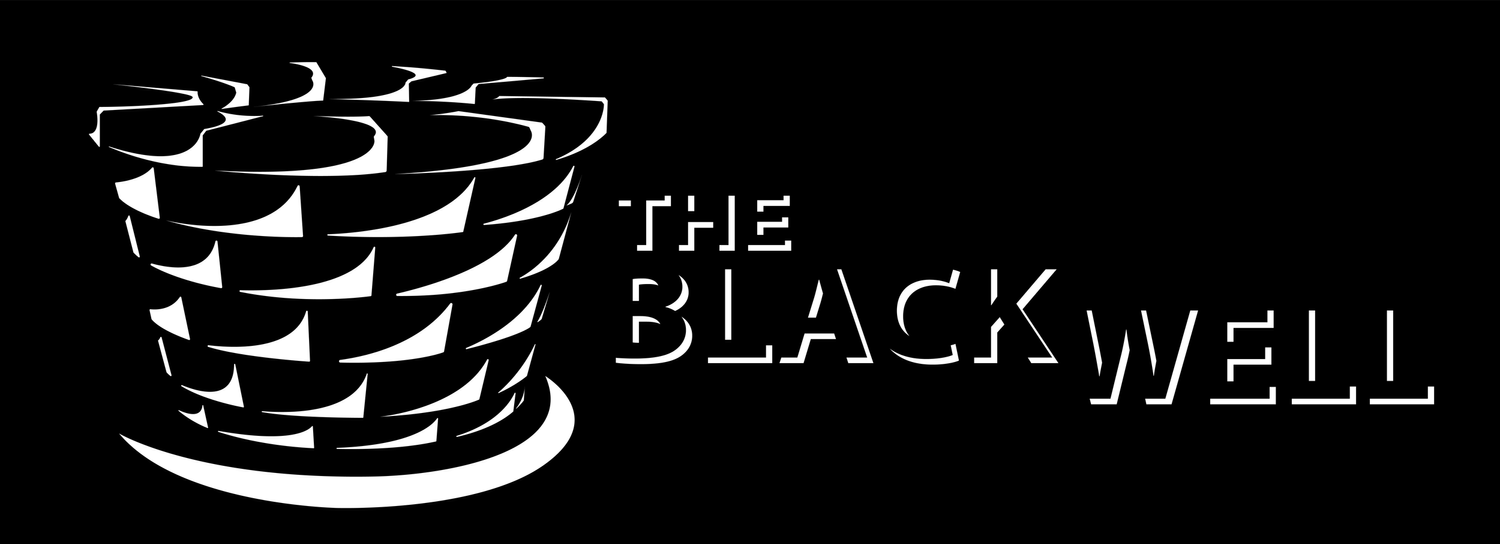Dead star runners
Unreal Engine 4
Beginning development in early 2015, Dead Star Runners was meant to be a competitive multiplayer title inspired by older space flight games with two distinct level types: tracks and arenas.
I joined the project in spring of 2015 and was the main level designer. Two tracks and one arena were chosen as the focus. I was responsible for developing their overall designs, assisting with blueprint creation, and filling out the environments with props and lighting.
Dead Star Runner’s development wound down in late 2015 and was ultimately cancelled due to a lack of funding.
Role: Level Designer
Contributions:
Created concept sketches for tracks and arenas
Collaborated with the team to determine the best course and arena to show off gameplay mechanics for a pitch
Blocked out initial choices and laid out pathing for the track
Assisted with playtesting and made adjustments based on feedback
Built out each level using props and lighting as well as placing the checkpoints and weapons.
Arena and Track Ideation
Based on discussions with the lead and testing controls developed at the time, I sketched a handful of arena maps along with a variety of track layouts. Each of these were designed to take advantage of core mechanics or with a central idea in mind. The goal was to create more focused levels with an identity for the arenas and quick, point A to B paths for tracks that could also be raced in reverse. During races, players could follow the pathed out checkpoints, each giving a small speed boost, or they could skip them and go off track, in turn lowering their speed the longer they avoided checkpoints. While combat could take place in these races, the core gameplay loop of collecting weapons and fighting for points was mainly relegated to the arena zones.
Arena - A: Mining outpost
Meant as a generic arena for beginner friendly matches, this level was envisioned as a mining outpost just outside the orbit of a small planet. It features a mostly outdoors space with a handful of interior sections that could be used as cover for defensive and offensive purposes.
Arena - B: Asteroid field
With an intermediate skill level in mind, the asteroid field would incorporate racing mechanics into arena fights by encouraging players to race through hollowed out asteroids and attack others from behind. To facilitate this, I designed a “loop” through the space.
Arena - C: Destroyed hanger
Originally a combination of Arenas A and B, the destroyed hanger would have included symmetrical elements with an asymmetric design. The purpose was to make a level that would be geared towards team based fights or missions, with each half of the hanger being a base of sorts.
Arena - D: Mega asteroid
The large asteroid was designed to have two distinct zones for players to fight in with each being a sort of inverse of the other. The outside space would be filled with various asteroids while the indoor space was comparatively more open. This let players choose a plan of attack.
Track - A & F
These were relatively simple races through asteroids with beginner players in mind.
Track - B
This track took full advantage of the outer space setting by including manmade structures, a celestial object, and asteroids.
Track - C
The main feature of this location was an abandoned space station where players would race along the hull in a spiral path.
Track - D & E
These tracks were based on requests by the lead to have more interior locations with layouts designed for experienced players.
Initial Blockouts for Arena A and Track C
After discussions with the team, it was decided to begin work on Arena A and Track C as they offered a good balance for fine tuning the gameplay loop. I started with blocking out Arena A and kept the overall design nearly the same with few tweaks here and there. When it came to Track C, I was requested to adjust the main racing line so that it would take players inside the space station. Initially this section of the track took players through the central tube and out of the spokes, but testing led to these changing into straight shots through the two main spokes. In the end, this track was decided against and I started to rework it into Track B while still keeping some elements that testers liked.
Arena A & Track B - Alpha Stage
After blocking out our beginning levels, I began helping with play testing. I developed questionnaires based on which areas we wanted improved and took notes on feedback as I watched the testers. These results led to many changes in the track design, but left the arena mostly untouched as players had little to no comments on the overall design of that space. Due to changes with controls, players had difficulty with tight spaces and preferred more open environments. This is when the decision was made to prioritize Track B. I worked to revamp the track and lessened any interior based segments. If there was one, I turned it into a straight tunnel. That way players wouldn’t risk sharp turns into a wall, but also allowed for a risk/reward where they could keep speed with the checkpoints or lose a small amount to stay safe.
Arena A
Consisting of three main structures, Arena A was thought of as the depot for where the energy collected from the solar farm was refined. This would be the main arena for combat to take place.
As with Track B, my job was to fill in the area with props and lighting.
Track B
The idea for Track B was to race through a solar farm that was surrounding a dying star. Much like with the initial block outs, my job was to build out the track and place the various props and checkpoints.
